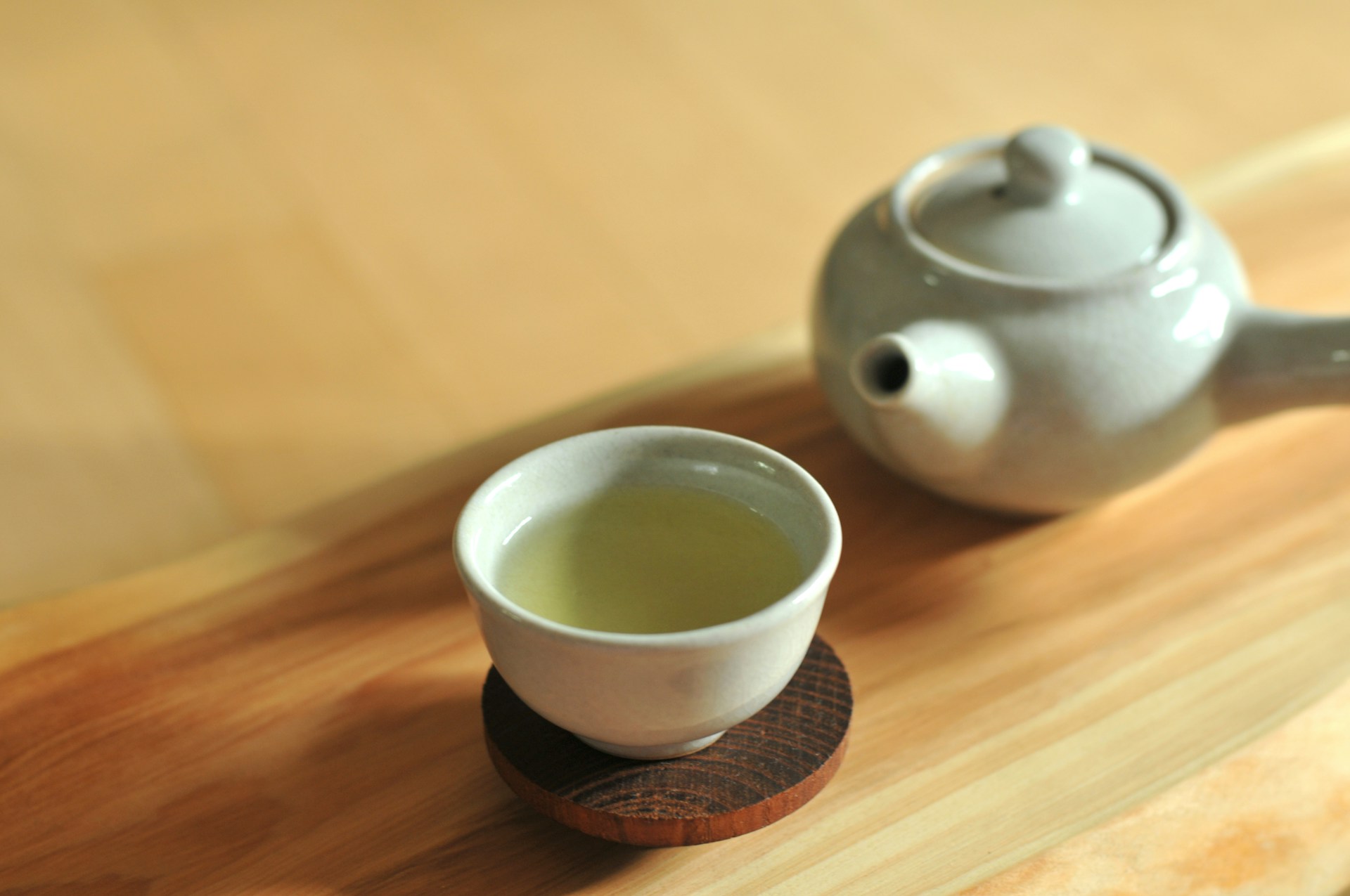
Introduction
Green tea is one of the most popular beverages worldwide, known for its numerous health benefits. However, some concerns have been raised about its acidity levels and potential impact on our bodies. In this article, we’ll explore the acidity of green tea, how it compares to other beverages, and whether we should be cautious about consuming it.
Understanding pH and Acidity
Before delving into the specifics of green tea, it’s essential to understand the concept of pH and acidity. The pH scale ranges from 0 to 14, with 7 being neutral. Substances with a pH below 7 are considered acidic, while those above 7 are alkaline (basic). The lower the pH value, the higher the acidity.
The pH of Green Tea
Green tea is generally considered to be on the alkaline side of the pH scale, with a typical pH range of 7 to 10. This means that green tea is slightly alkaline to mildly alkaline, making it a relatively low-acid beverage.
However, it’s important to note that the pH of green tea can vary depending on several factors, including:
- Type of green tea: Different varieties of green tea, such as sencha, matcha, or gunpowder, may have slightly different pH levels due to variations in processing methods and leaf characteristics.
- Brewing time: The longer green tea is steeped, the more acidic it tends to become. This is because the longer the tea leaves are exposed to hot water, the more tannins and other acidic compounds are extracted.
- Water quality: The pH of the water used for brewing can also affect the final pH of the tea. Soft water, which has a higher pH, may produce a less acidic cup of green tea compared to hard water with a lower pH.
Comparison To Other Beverages
To put the acidity of green tea into perspective, let’s compare it to some other common beverages:
- Black tea: With a typical pH range of 4.9 to 5.5, black tea is more acidic than green tea.
- Coffee: Similarly to black tea, coffee has a pH range of around 4.7 to 5.5, making it more acidic than green tea.
- Soda: Most sodas and carbonated beverages have a pH between 2.5 and 4, which is highly acidic.
- Fruit juices: Depending on the type of fruit, fruit juices can range from mildly acidic (pH around 6) to highly acidic (pH around 3).
As you can see, green tea is relatively low in acidity compared to many other popular beverages, especially those with added sugars or carbonation.
Potential Health Considerations
While green tea is generally considered safe and healthy to consume, its acidity levels may be a concern for some individuals, particularly those with certain health conditions or following specific dietary guidelines.
- Acid reflux and GERD: For people suffering from acid reflux or gastroesophageal reflux disease (GERD), consuming acidic beverages can potentially exacerbate symptoms. In such cases, it may be advisable to limit green tea consumption or choose milder varieties with lower acidity.
- Tooth enamel erosion: Acidic beverages can potentially contribute to the erosion of tooth enamel over time. However, green tea’s relatively low acidity makes it less likely to cause significant enamel erosion compared to highly acidic beverages like soda or fruit juices.
- Alkaline diets: Some individuals follow alkaline diets, which emphasize consuming more alkaline-forming foods and beverages to maintain a balanced pH level in the body. In this context, green tea’s alkaline pH makes it a suitable beverage choice.
Moderation and Responsible Consumption
While green tea’s acidity levels are generally low, it’s still important to consume it in moderation and be mindful of potential interactions with certain medications or health conditions. As with any beverage or food, excessive consumption can lead to potential negative effects.
Additionally, it’s worth noting that the acidity of green tea can be influenced by additives or accompaniments. For example, adding lemon or other acidic fruits can increase the overall acidity of the beverage, while adding milk or cream may help neutralize some of the acidity.
Conclusion
Green tea can be considered a relatively low-acid beverage, with a pH range that falls on the alkaline side of the scale. Its acidity levels are generally lower than those of black tea, coffee, and many other popular beverages. However, individual factors such as brewing time, water quality, and specific green tea varieties can affect the final pH.
While green tea’s low acidity is generally not a major concern for most individuals, those with conditions like acid reflux may need to monitor their intake or choose milder varieties. Additionally, moderation is key, as excessive consumption of any beverage can potentially lead to negative effects.
Overall, green tea can be enjoyed as a refreshing and healthy option, with its alkaline nature contributing to its potential health benefits. By understanding its acidity levels and adjusting consumption accordingly, one can make the right decisions about whether or not to incorporate green tea into their diet /lifestyle.
Hey welcome to my blog . I am a modern women who love to share any tips on lifestyle, health, travel. Hope you join me in this journey!

Speak Your Mind